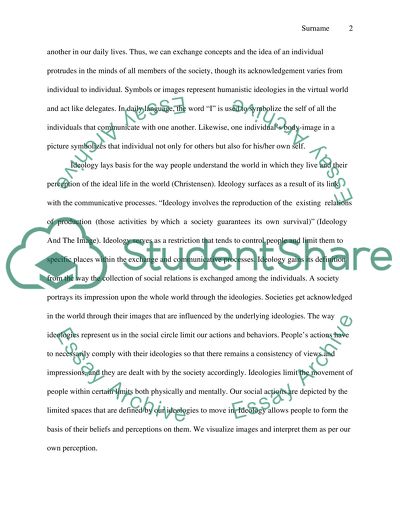Cite this document
(“Realism cannot challenge the received wisdom of the public, since Essay”, n.d.)
Retrieved from https://studentshare.org/environmental-studies/1405602-realism-cannot-challenge-the-received-wisdom-of
Retrieved from https://studentshare.org/environmental-studies/1405602-realism-cannot-challenge-the-received-wisdom-of
(Realism Cannot Challenge the Received Wisdom of the Public, since Essay)
https://studentshare.org/environmental-studies/1405602-realism-cannot-challenge-the-received-wisdom-of.
https://studentshare.org/environmental-studies/1405602-realism-cannot-challenge-the-received-wisdom-of.
“Realism Cannot Challenge the Received Wisdom of the Public, since Essay”, n.d. https://studentshare.org/environmental-studies/1405602-realism-cannot-challenge-the-received-wisdom-of.


